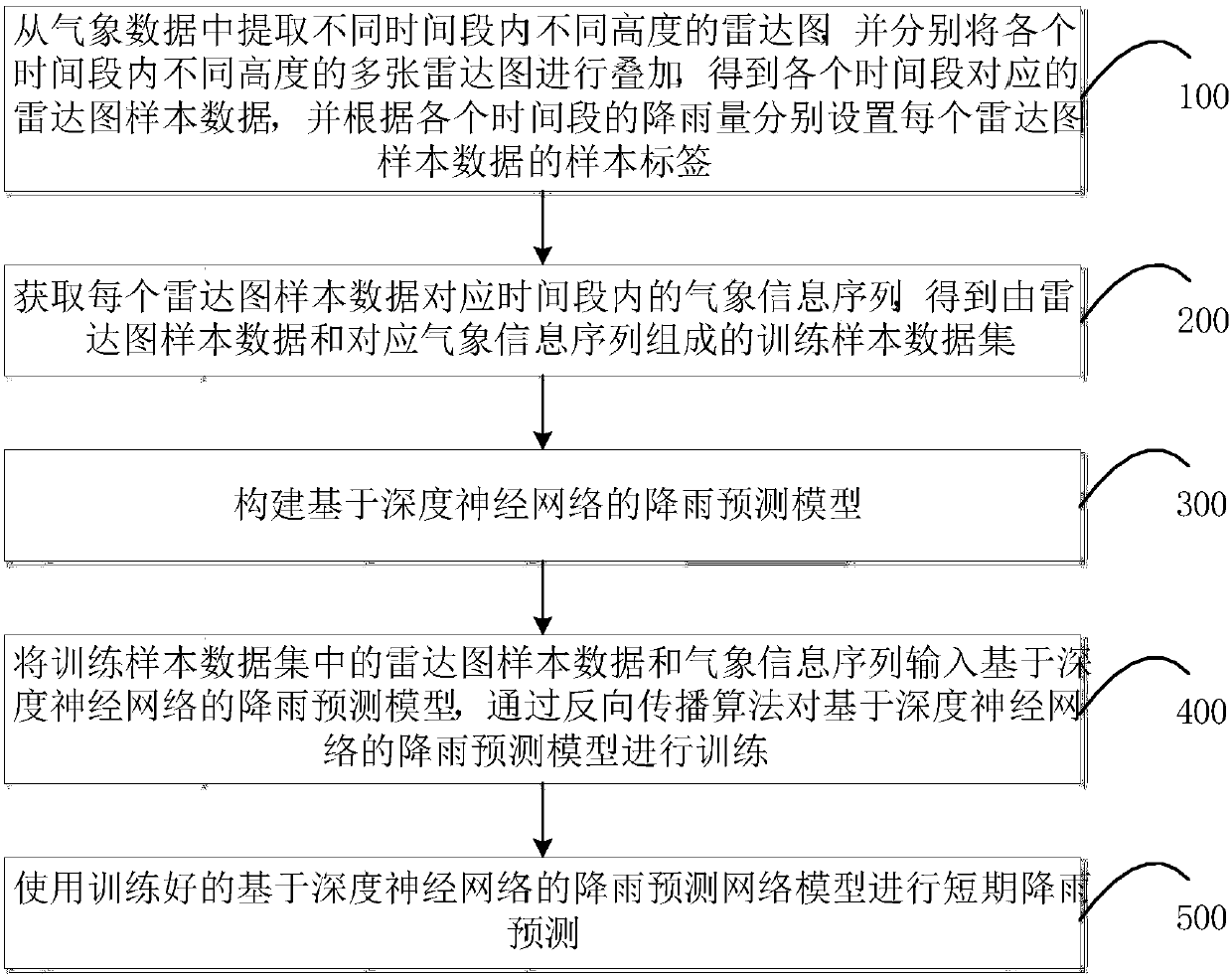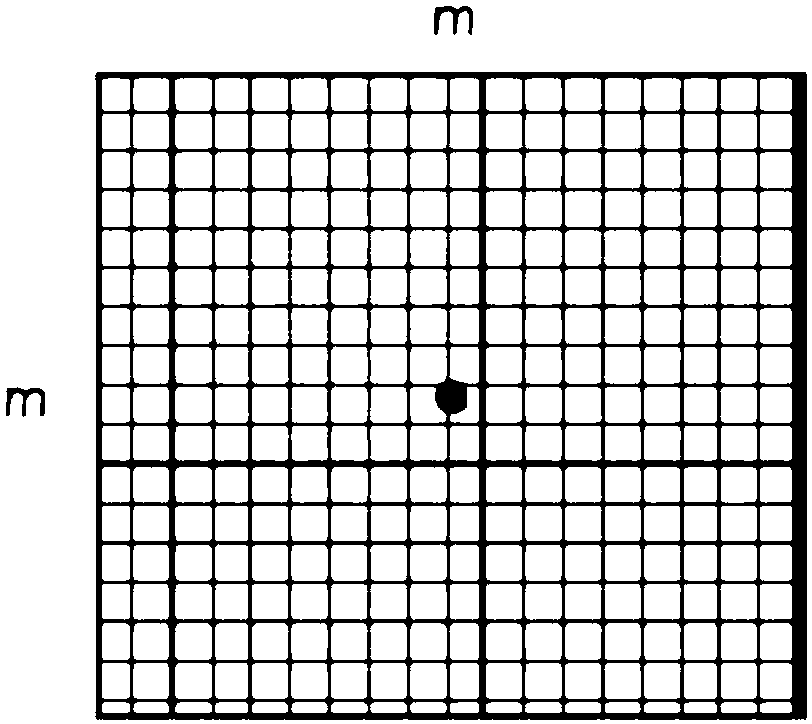Rainfall prediction method, system and electronic device
A forecasting method and rainfall technology, which is applied in the field of meteorological services, can solve the problems of coarse forecasting granularity, failure to consider the mutual movement and change relationship of clouds at different heights, and insufficient extraction of time series information, so as to achieve the effect of reducing errors
- Summary
- Abstract
- Description
- Claims
- Application Information
AI Technical Summary
Problems solved by technology
Method used
Image
Examples
Example Embodiment
[0063] In order to make the purpose, technical solutions, and advantages of this application clearer, the following further describes this application in detail with reference to the accompanying drawings and embodiments. It should be understood that the specific embodiments described herein are only used to explain the application, and not used to limit the application.
[0064] In the prior art, the traditional radar chart-based short-term rainfall prediction method only selects a radar chart of a single height for analysis, but because the radar chart in a certain period of time has multiple sheets of different heights, and the radar charts of different heights There is a mutual change relationship, a single height radar chart causes a lot of information loss and leads to large forecast errors. In order to solve the problems in the prior art, the rainfall prediction method of the embodiment of the present application superimposes multiple radar image data of different heights ...
PUM
 Login to View More
Login to View More Abstract
Description
Claims
Application Information
 Login to View More
Login to View More - R&D
- Intellectual Property
- Life Sciences
- Materials
- Tech Scout
- Unparalleled Data Quality
- Higher Quality Content
- 60% Fewer Hallucinations
Browse by: Latest US Patents, China's latest patents, Technical Efficacy Thesaurus, Application Domain, Technology Topic, Popular Technical Reports.
© 2025 PatSnap. All rights reserved.Legal|Privacy policy|Modern Slavery Act Transparency Statement|Sitemap|About US| Contact US: help@patsnap.com



